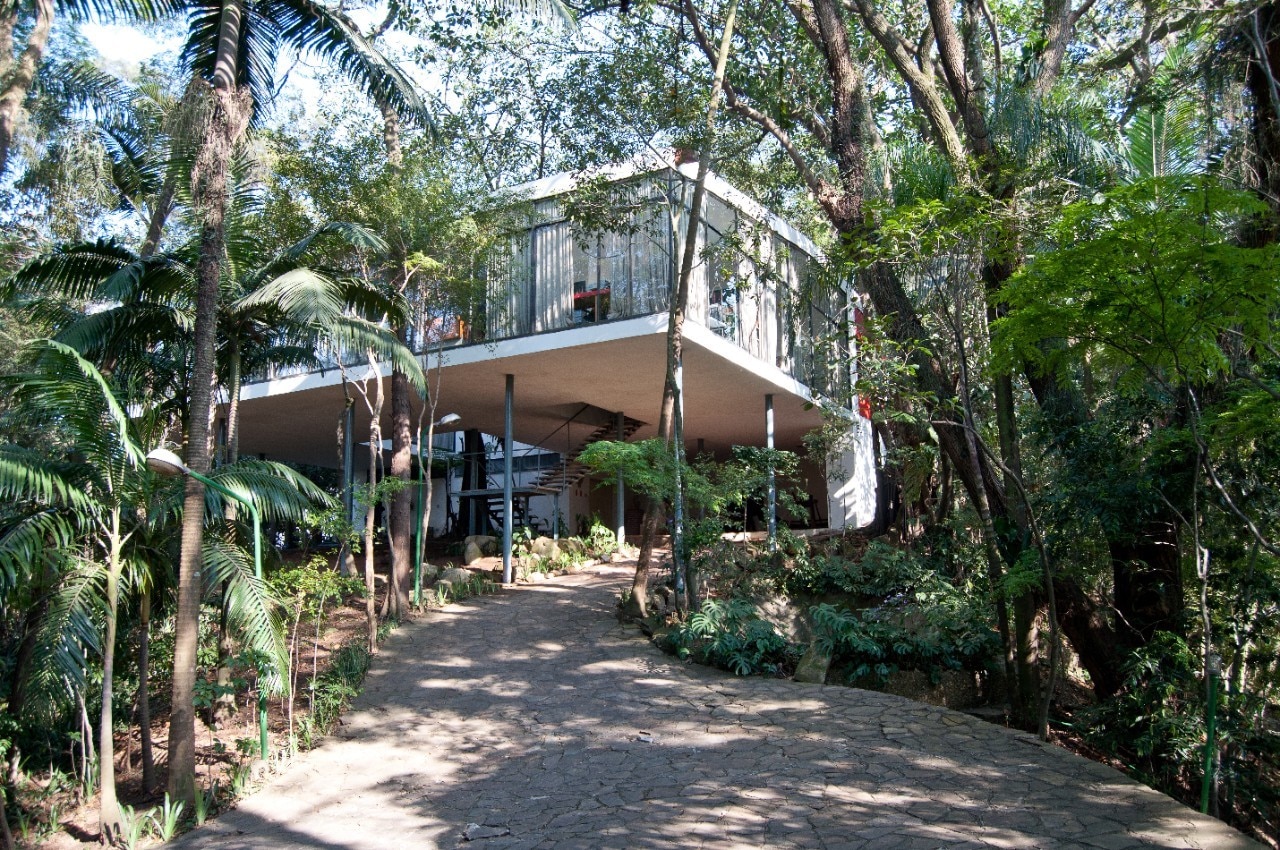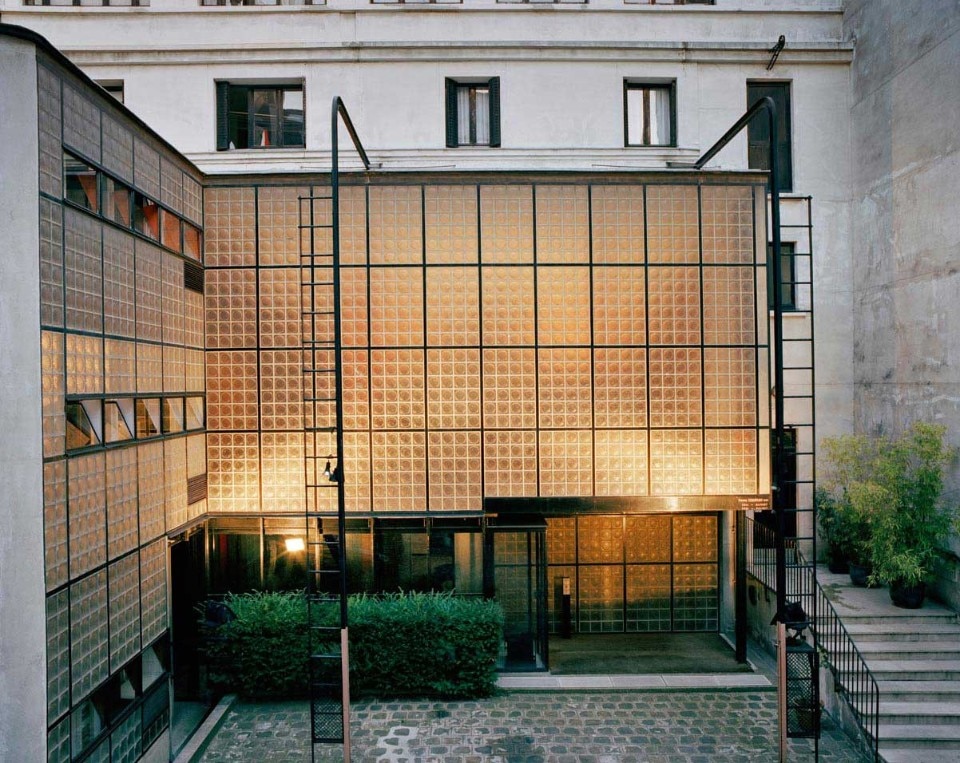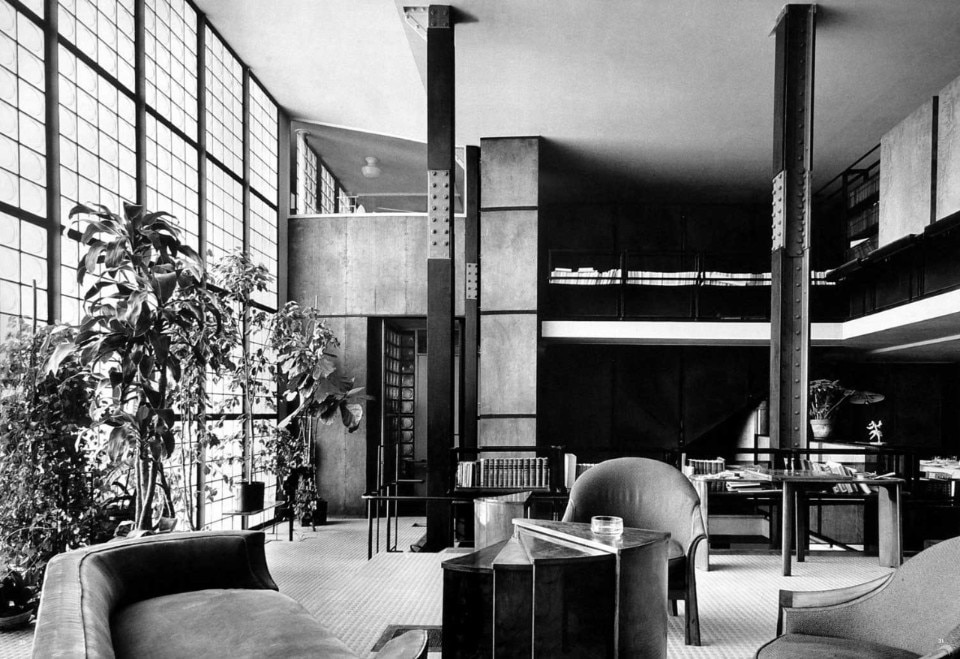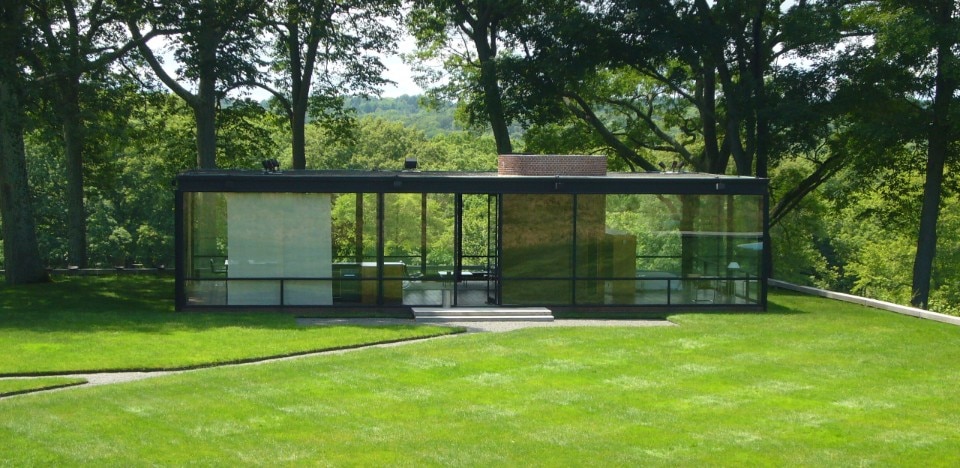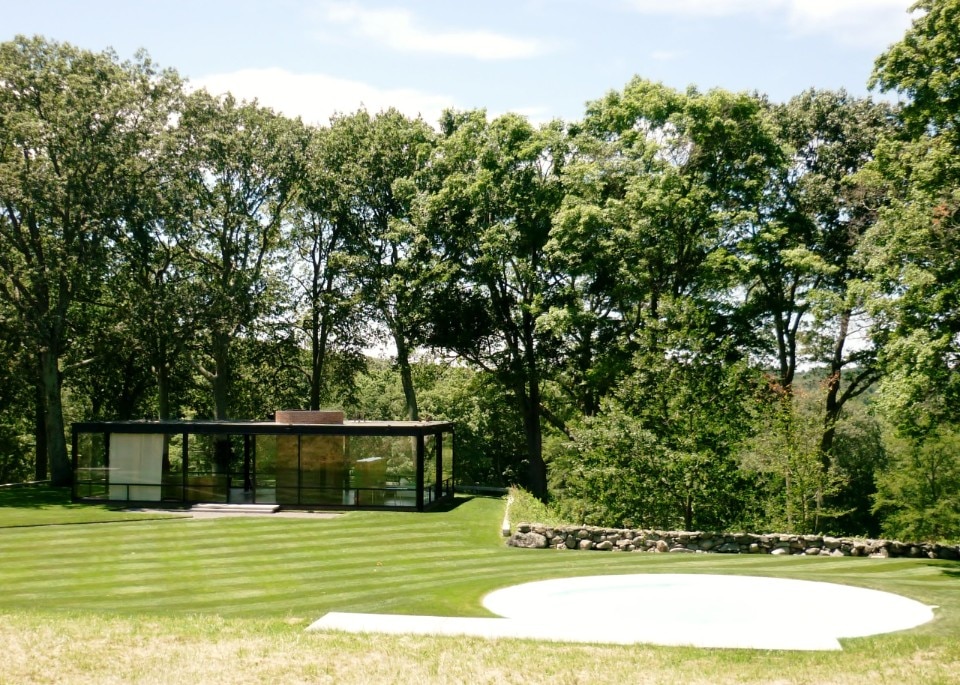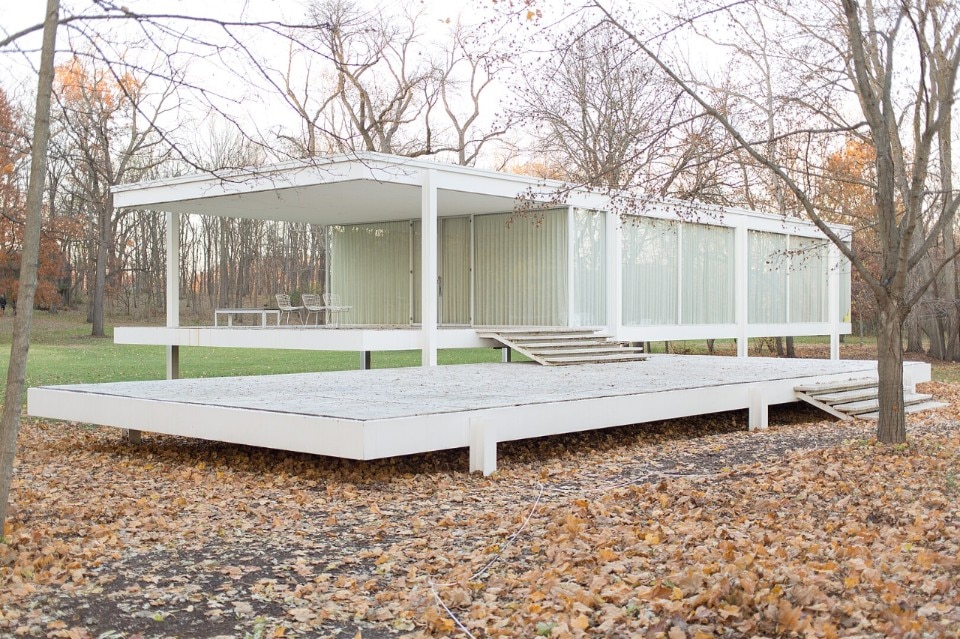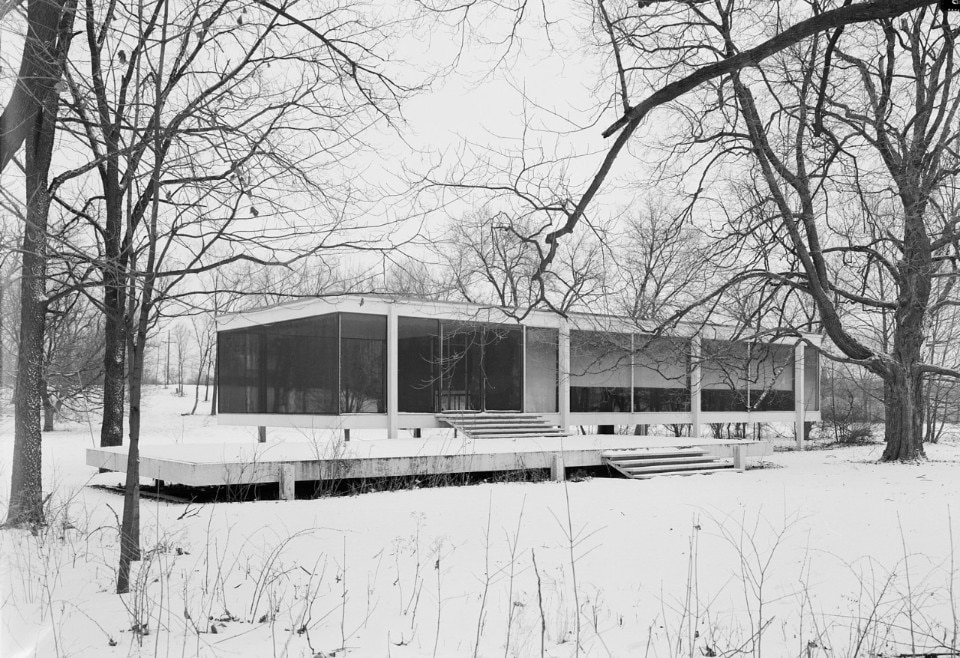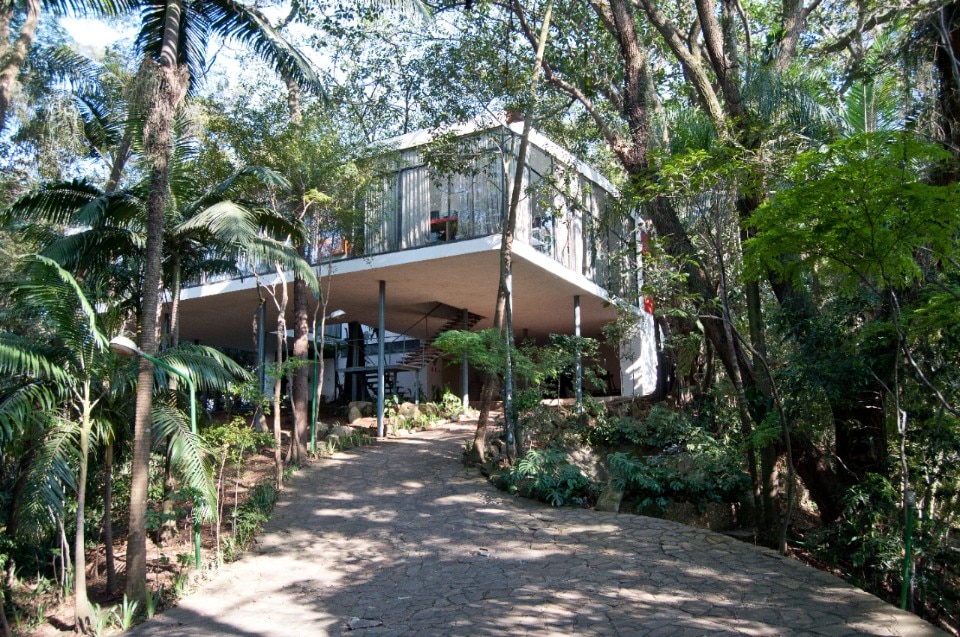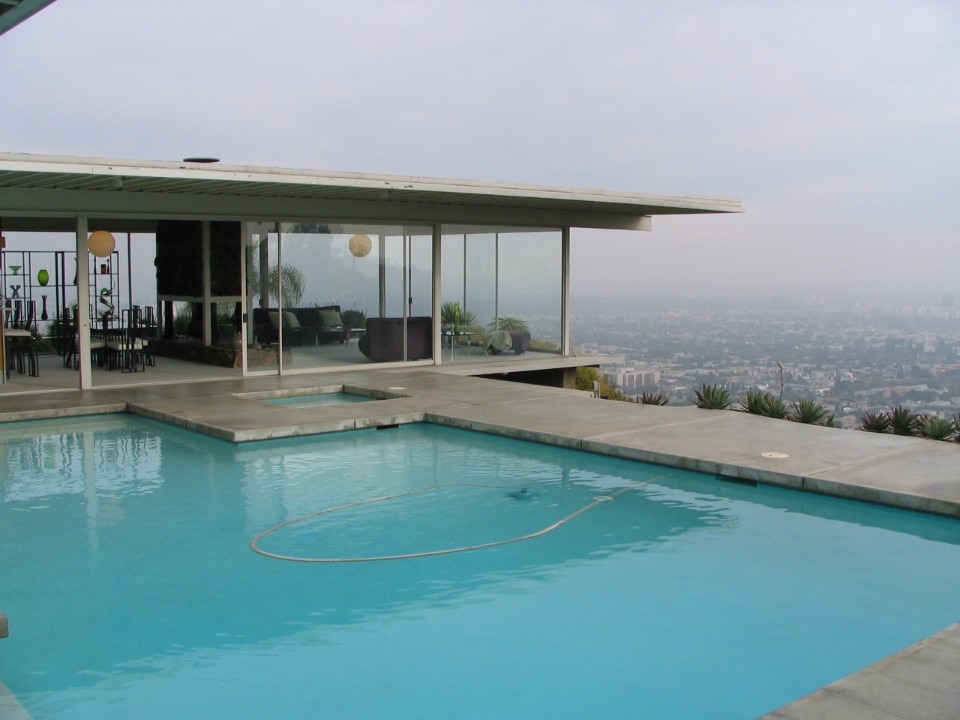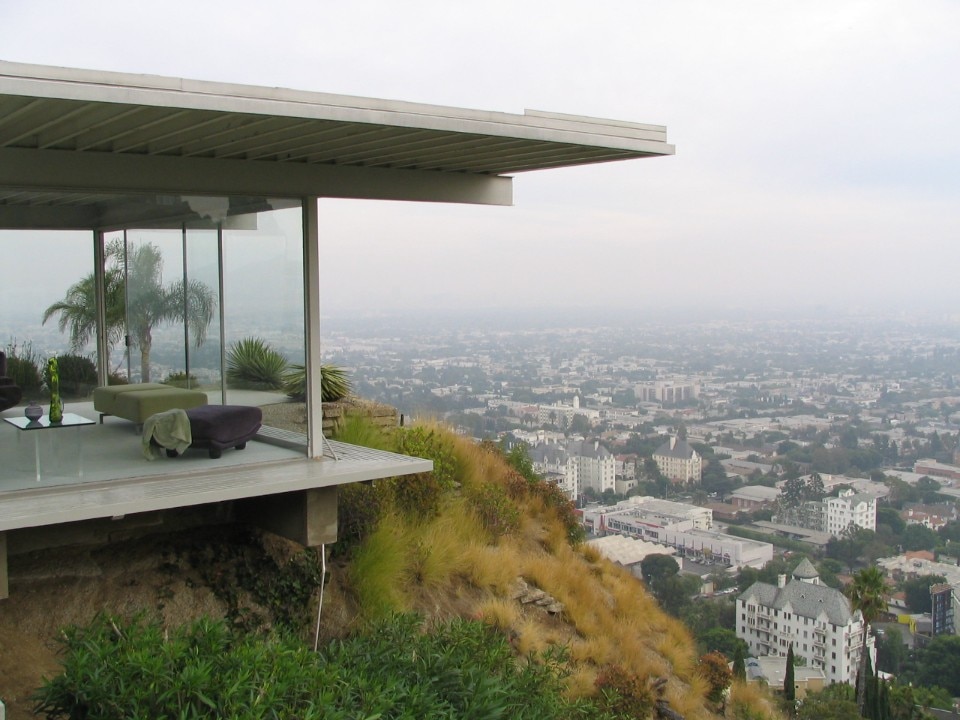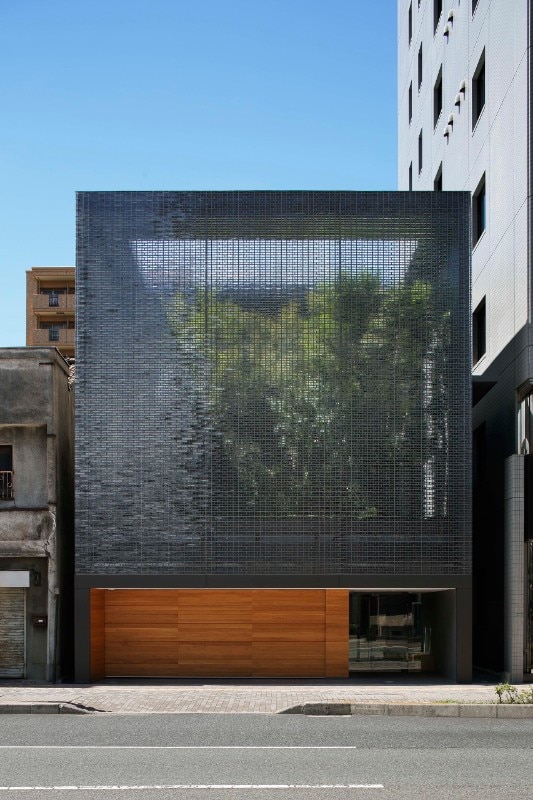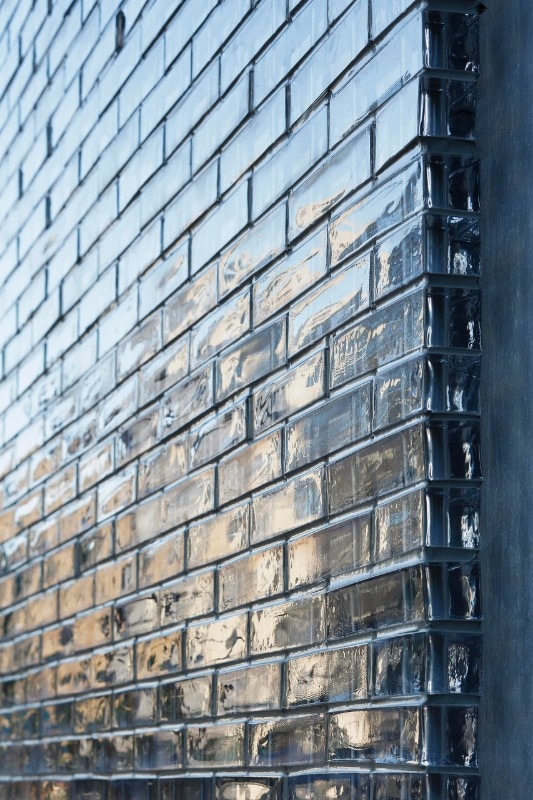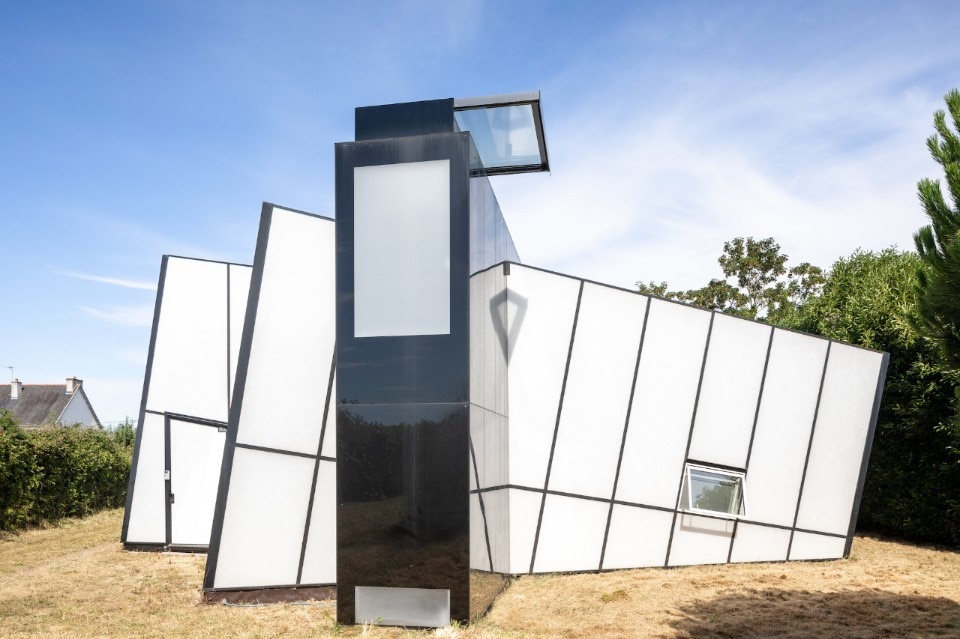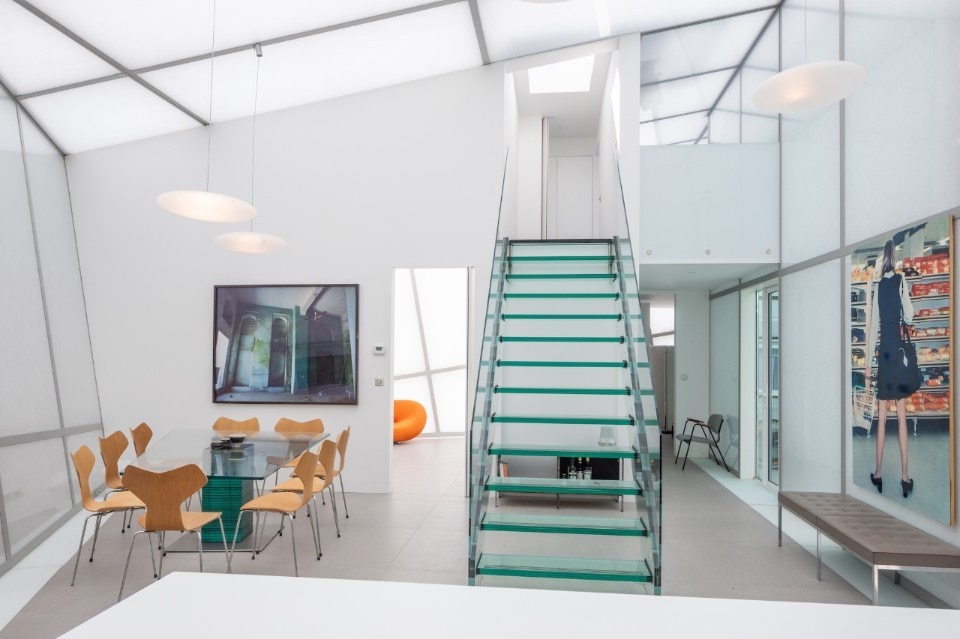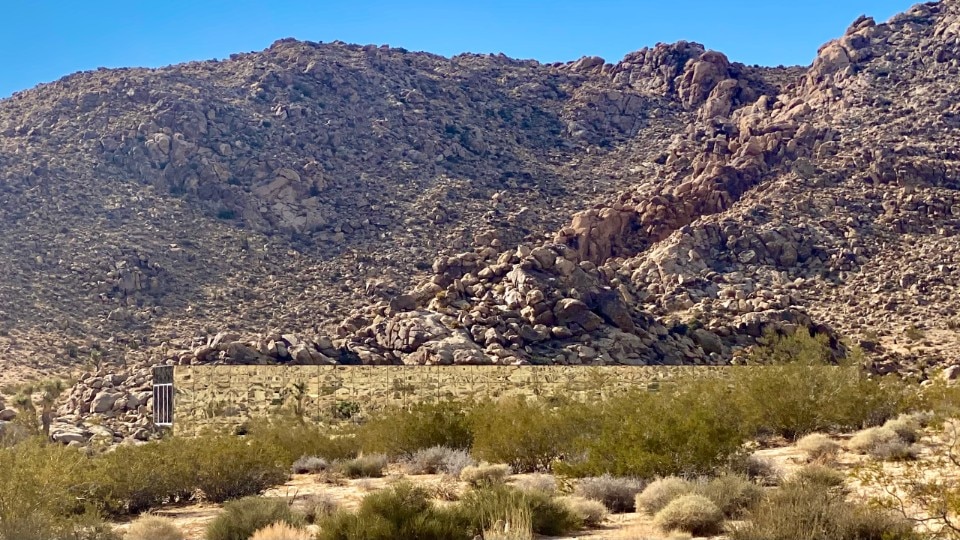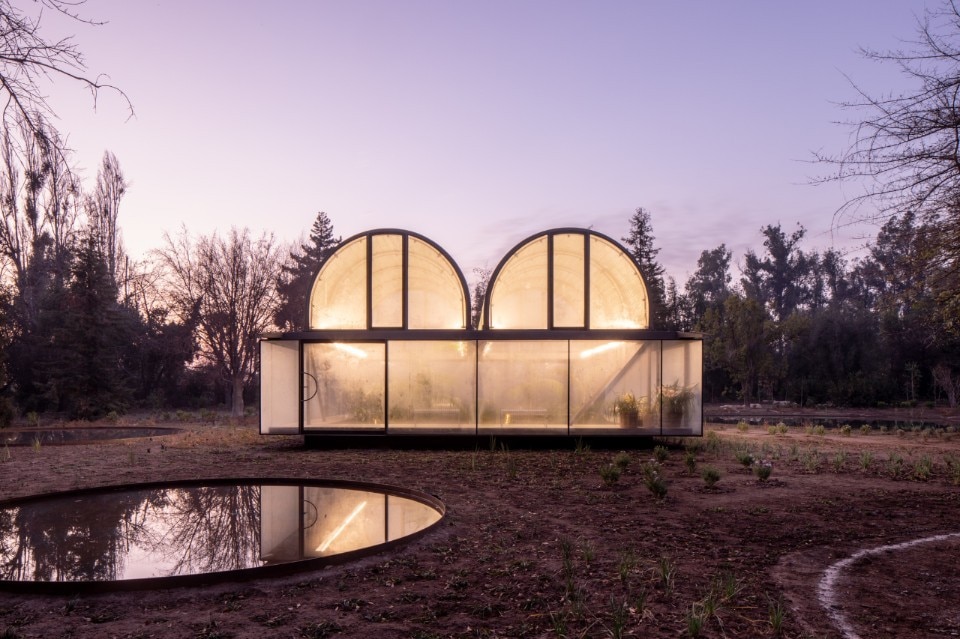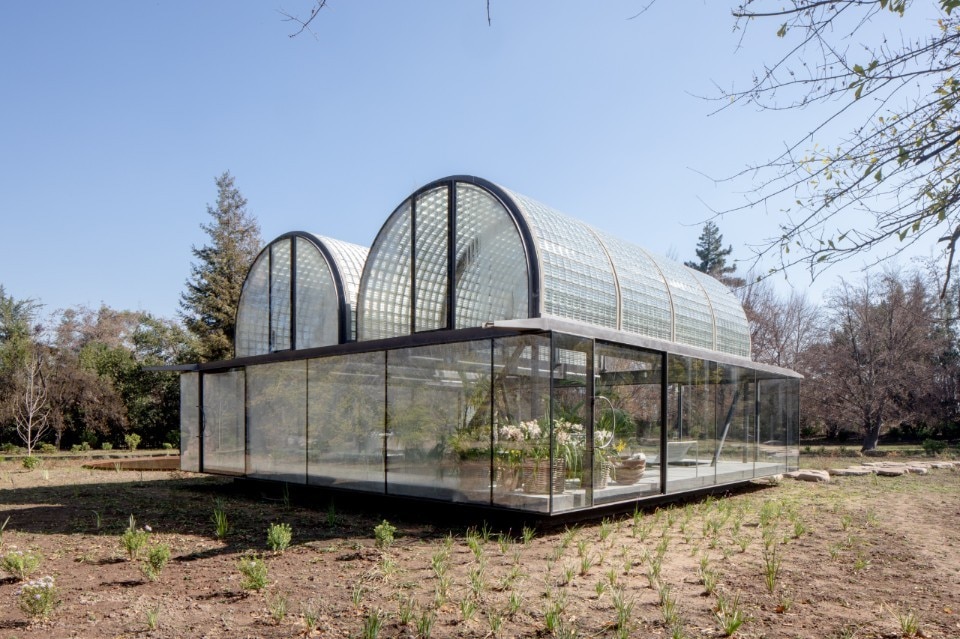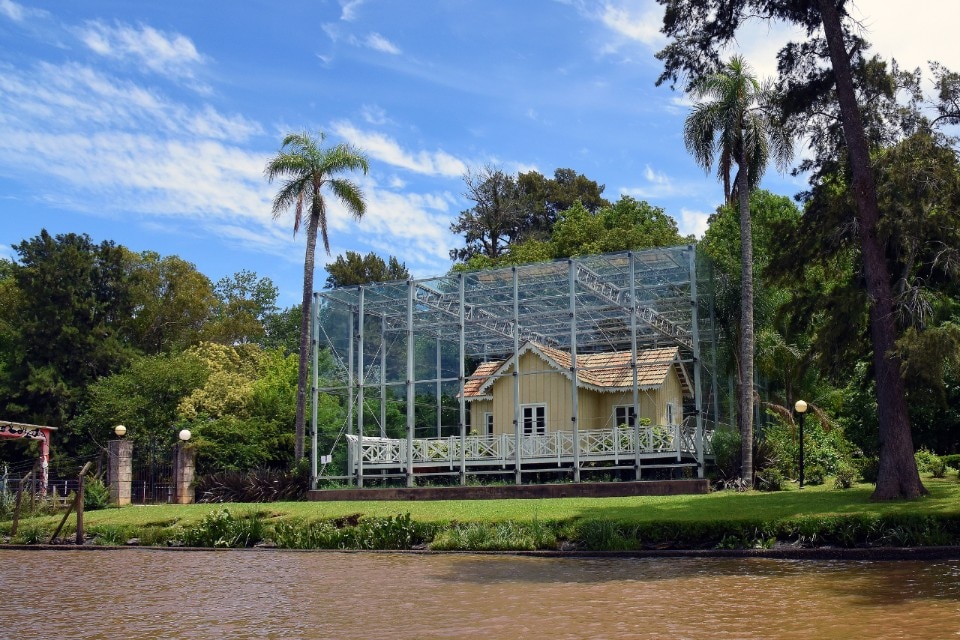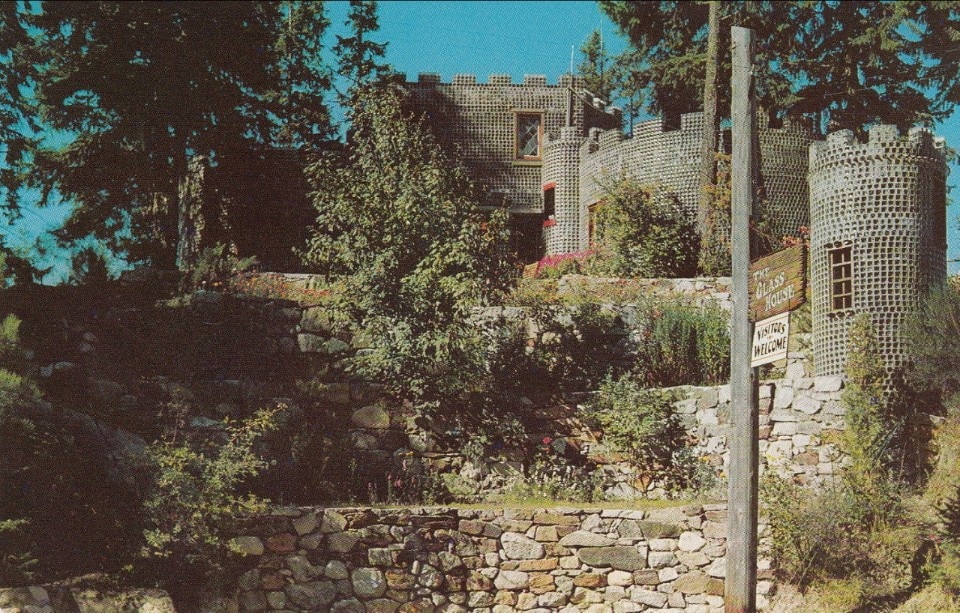"Living in a glass house is a revolutionary virtue par excellence. It is also an intoxication, a moral exhibitionism, that we baldly need": this is how Walter Benjamin, in his 1929 essay "Surrealism, the Last Snapshot of the European Intelligentsia" described the dream of living in an entirely glazed building where transparency and sincerity (not only constructive) are an ethical value even before being a design element.
An affirmation rooted in the Modern Zeitgest, when glass was raised from building material to a paradigm of re-foundation for a democratic, fair and free society, in opposition to the visual (and cultural) "barriers" of the bourgeois intérieur: from the “secular cathedrals” in iron and glass, a manifesto of the emerging technologies in the early industrial age (Joseph Paxton, Crystal Palace, London 1851); to the architecture of the early 20th century (Bruno Taut, Glaspavilion, Cologne 1914), the concrete realisation of Paul Scheerbart's fantastic digressions on a new “civilisation of glass” (Glasarchitektur, 1914). This is where our selection starts from, to explore decades variously transparent architecture.
In the post-war period, the same moral commitment is taken up by Modernism, which proposes a light and transparent architecture as a quality and economically sustainable response to post-war housing needs, characterised by essential volumes, point structures, industrial materials, large windows that introject the landscape and enthusiastically celebrate light as a design element (Pierre Chareau, Philip Johnson, Ludwig Mies Van der Rohe, Lina Bo Bardi, Pierre Koenig, Albert Frey).
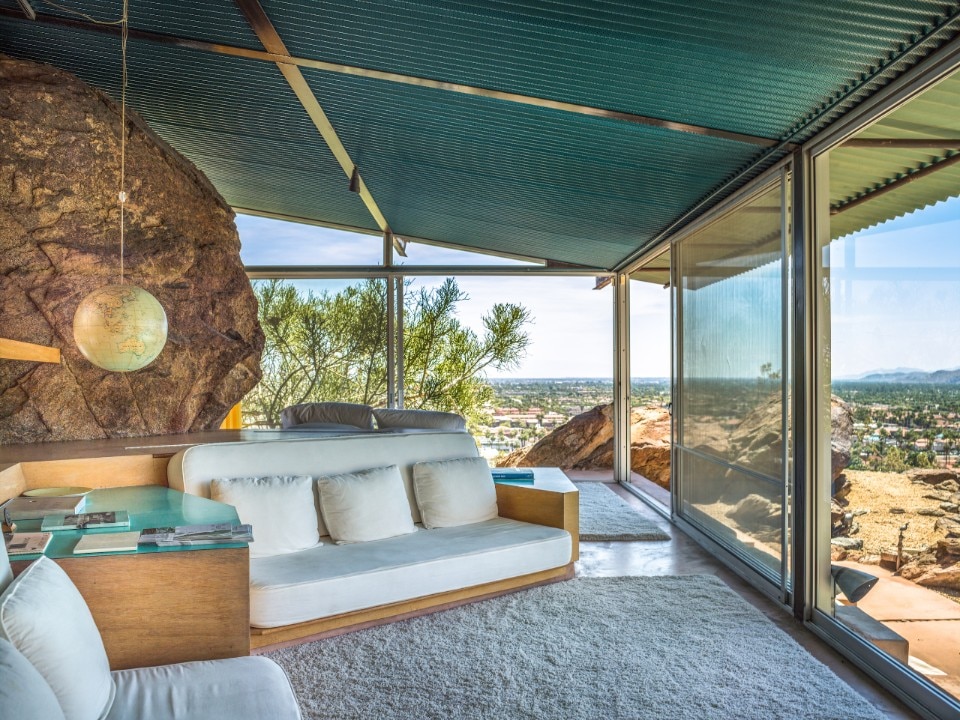
While the ideological afflatus has gradually weakened over the years, the search for “poetics of evanescence” still survives, enabled by increasingly sophisticated technologies that enhance the “super-material” character of glass (as Frank Lloyd Wright defined it) and push its technical and expressive potential to the extreme. Restricting our attention to the residential field, many houses in which glass is differently used are an example of this: from translucid screens to restrict visual introspection and control the flow of light (Hiroshi Nakamura & NAP, Studio Odile Decq); to reflective or transparent enclosures that dematerialise forms (Tomas Osinski) and dissolve the boundaries between outside and inside, transforming the domestic space into an epiphanic meeting place of architecture and nature (Max Núñez); to the “glass case” that seals an entire dwelling like a museum object (Sarmiento house).
Despite the privacy issues, and the problems that entirely or largely glazed constructions entail in terms of energy consumption and micro-climatic well-being, the magic of this material remains unquestionable. More than any other, as it has been noted (Guy Norderson in Michael Bell and Jeannie Kim, Engineered Transparency: the Technical, Visual, and Spatial Effects of Glass, Princeton Architectural Press, New York 2009), glass evokes the oxymoron of an absent presence and the suggestion of the “infra-mince” Marcel Duchamp talked about: that occasionally illuminating perception of an unexpected and rationally unattainable “infra-subtle” phenomenon (such as material fading, optical phantasmagorias and reflections generated by light on a glass surface) that leads to a new knowledge. Or more simply, to an interpretation of built space as an organism intrinsically as mutable as the light that passes through it, and free from codified conceptual schemes.


